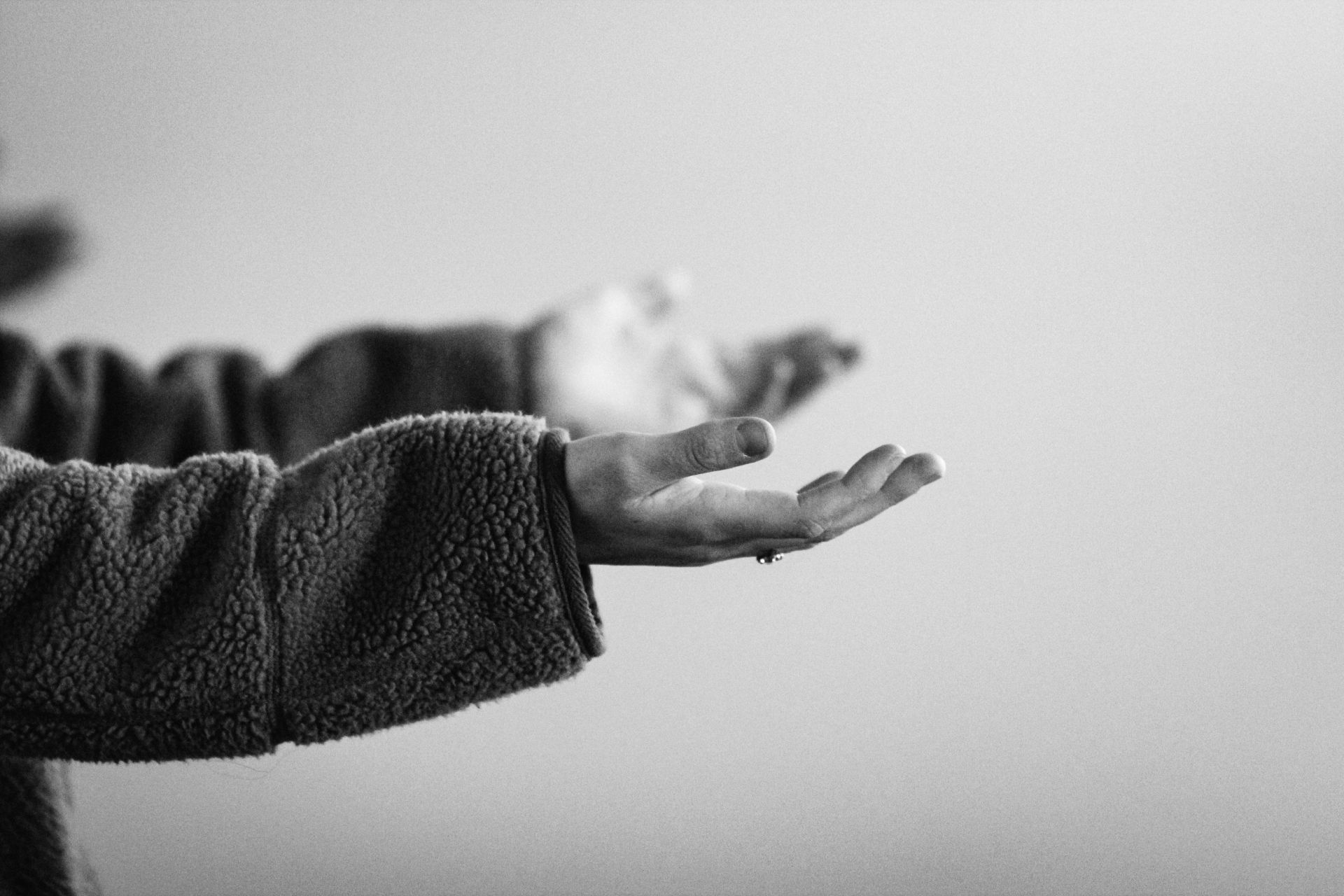Very few people debate whether Jesus died. It’s why he died that causes the debate. Mahatma Gandhi wrote in his 1894 autobiography, “I can accept Jesus as a martyr. His death on the cross was certainly a good example. But that there was anything else to his suffering, this my heart can never accept.” Richard Dawkins went a step further, calling the Christian understanding of the cross “divine child abuse.”
Of course, many people are not this openly hostile, but I’ve heard a number of people say things like, “I understand the need for God. But what’s the big deal about Jesus?”
In the Gospel of Matthew, we see how the responses of different people surrounding the events of the crucifixion give us four pictures of how we respond to Jesus.
1. The Suffering Criminals, Who Rage Against God
Matthew shows us that the criminals crucified on either side of Jesus were insulting him: They “were yelling insults at him, shaking their heads and saying, ‘You who would destroy the temple and rebuild it in three days, save yourself! If you are the Son of God, come down from the cross!’” (Matthew 27:39b-40 CSB)
These criminals represent people who, in pain, curse God for not delivering them and say, “If you really are who you say you are, make this pain stop!” After all, when you are in pain, nothing makes you madder than the idea of a God who could relieve that pain … and doesn’t.
Luke’s account of the criminals shows that one of them eventually repented, saying, “We deserve our suffering; he didn’t!” He didn’t mean, of course, that every moment of pain is in direct response to something that we’ve done. He was confessing that we live in a world filled with pain because we live in a world rightfully condemned because of our sin. And the only one who truly deserved to feel no pain, Jesus, voluntarily entered it for us for no other reason than that he cared for us and wanted to save us.
When we are in pain and suffering, the paths of these two criminals stand before us. We can either conclude that our pain means Jesus isn’t really who he says he is. Or we can look at the cross and say, “I may not understand much, but I can see that he really does care. Look—he’s dying for me!”
2. Creation, Quaking Under the Weight of Glory Displayed
Right before Jesus dies, for three hours, darkness comes over the whole land, and there is an earthquake—as if creation itself has to respond to what it is seeing.
Quakes often happen when a strong force encounters a weaker one. If I stood on a thin layer of ice across the top of pond, the ice might begin to “quake” and crack under my weight, because it’s in the presence of a weight it cannot support. At the crucifixion, creation itself is unable to stay still under the weight of glory being displayed. The power of God at work shook the foundations of the earth itself.
The God of eternity bore your sin and died in your place. You can’t encounter that truth and simply pass on by. I’m not saying you shouldn’t. I’m saying you literally can’t.
Even “the tombs were also opened and many bodies of the saints who had fallen asleep were raised. And they came out of the tombs after his resurrection, entered the holy city, and appeared to many” (Matthew 27:52-53). Jesus’ death was so amazing that some of the dead couldn’t even control themselves—they leapt out of the graves, dancing and singing.
When we see God’s glory displayed in Jesus’ death, shouldn’t we, almost involuntarily, leap and worship with joy?
3. The Outsiders, Who Recognize What Jesus Is Doing for Them
When some of those standing near the cross hear Jesus cry out, “Eli, Eli, lema sabachthani?” (“My God, my God, why have you abandoned me?”), they say, “He’s calling for Elijah” (because “Eli” sounds like Elijah). Leave it to the religious experts to be totally clueless. But, “When the centurion and those with him, who were keeping watch over Jesus, saw the earthquake and the things that had happened, they were terrified and said, ‘Truly this man was the Son of God!’ Many women who had followed Jesus from Galilee and looked after him were there, watching from a distance” (Matthew 27:54-55).
A Gentile soldier—outside the fold of Israel. A group of women—outside the usual positions of power. Why is it that the only people around the cross who “get” what is happening are those whom the religious insiders of the day considered “outsiders” or second-rate citizens?
The disciples don’t get it. The chief priests don’t get it. But this Roman soldier recites the first part of the Nicene Creed, and these women refuse to leave Jesus, even after others have run and hid. Why?
Because the gospel can only be seen from a posture of humility, and those who recognize their need of Jesus are more likely to perceive him and lean into his grace than the proud who feel no need.
4. Simon of Cyrene, Who Helps Carry the Cross
However holy this moment was, I’m not sure I would have wanted to be present for it. Crucifixion was terrible. But imagine that you had to be there. Wouldn’t you want to do what Simon of Cyrene did, helping Jesus carry his cross? This is a picture of what the early church would soon do: willingly pick up Jesus’ cross and help him carry it.
In one sense, Jesus’ work is finished—but not everyone has heard, and, like Martin Luther said, “It wouldn’t matter if Jesus died 1,000 times if no one ever heard about it!”
The only way they can hear about it is if we preach it to them, and the only way we can preach it to them is if we embrace the sacrifices required to get it to them.
We carry the cross when we commit to leaving our homes to take the gospel to a people group overseas.
We carry the cross when we take the step of reaching out to someone and braving through the awkwardness to tell them about Jesus.
We carry the cross when we identify with Christ in the midst of a society that finds Christianity increasingly repulsive.
The crucified Savior has released greater power in the world than all the armies on earth could ever amass. Are we willing to pick up the cross so that others can experience it?


